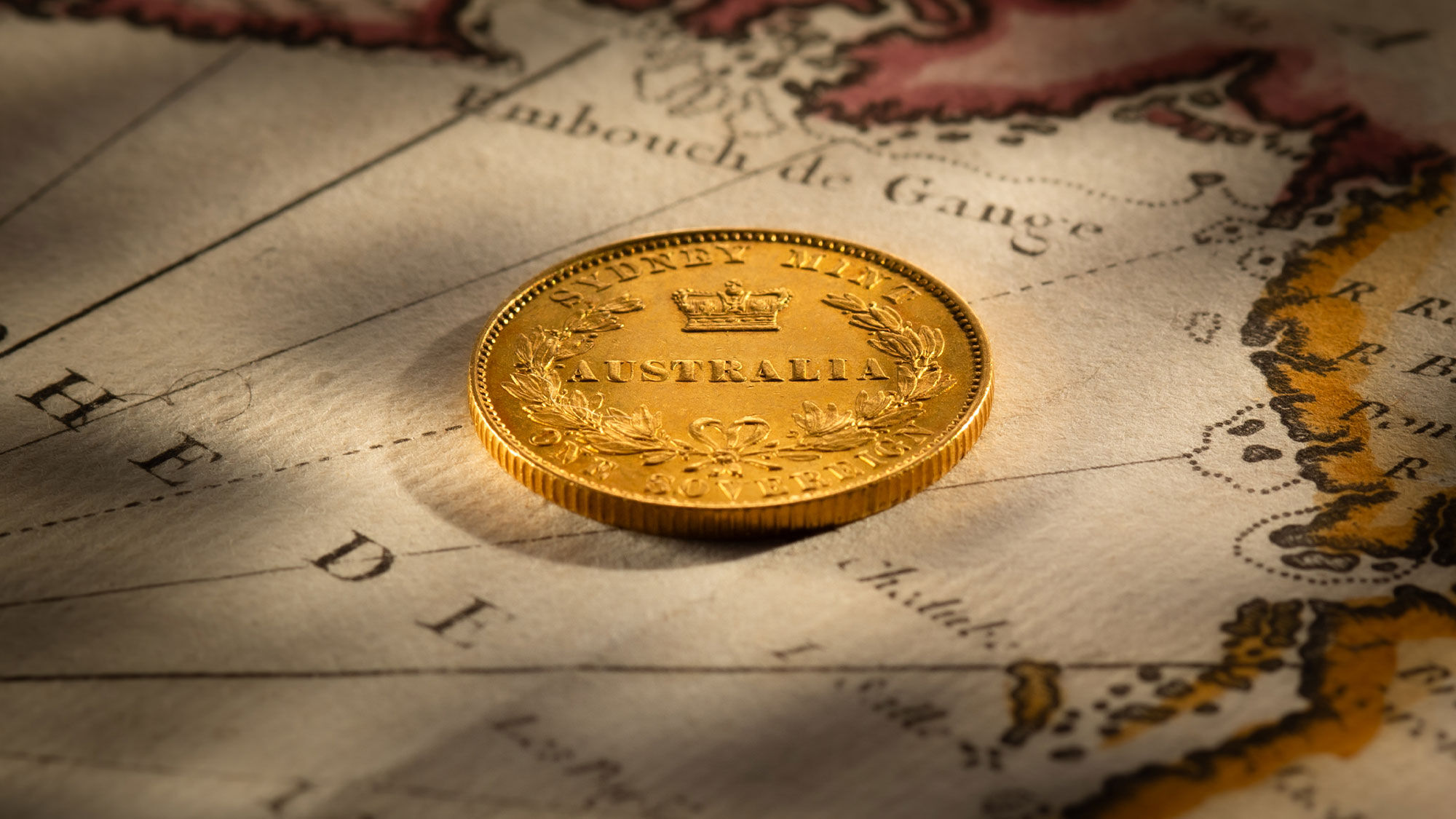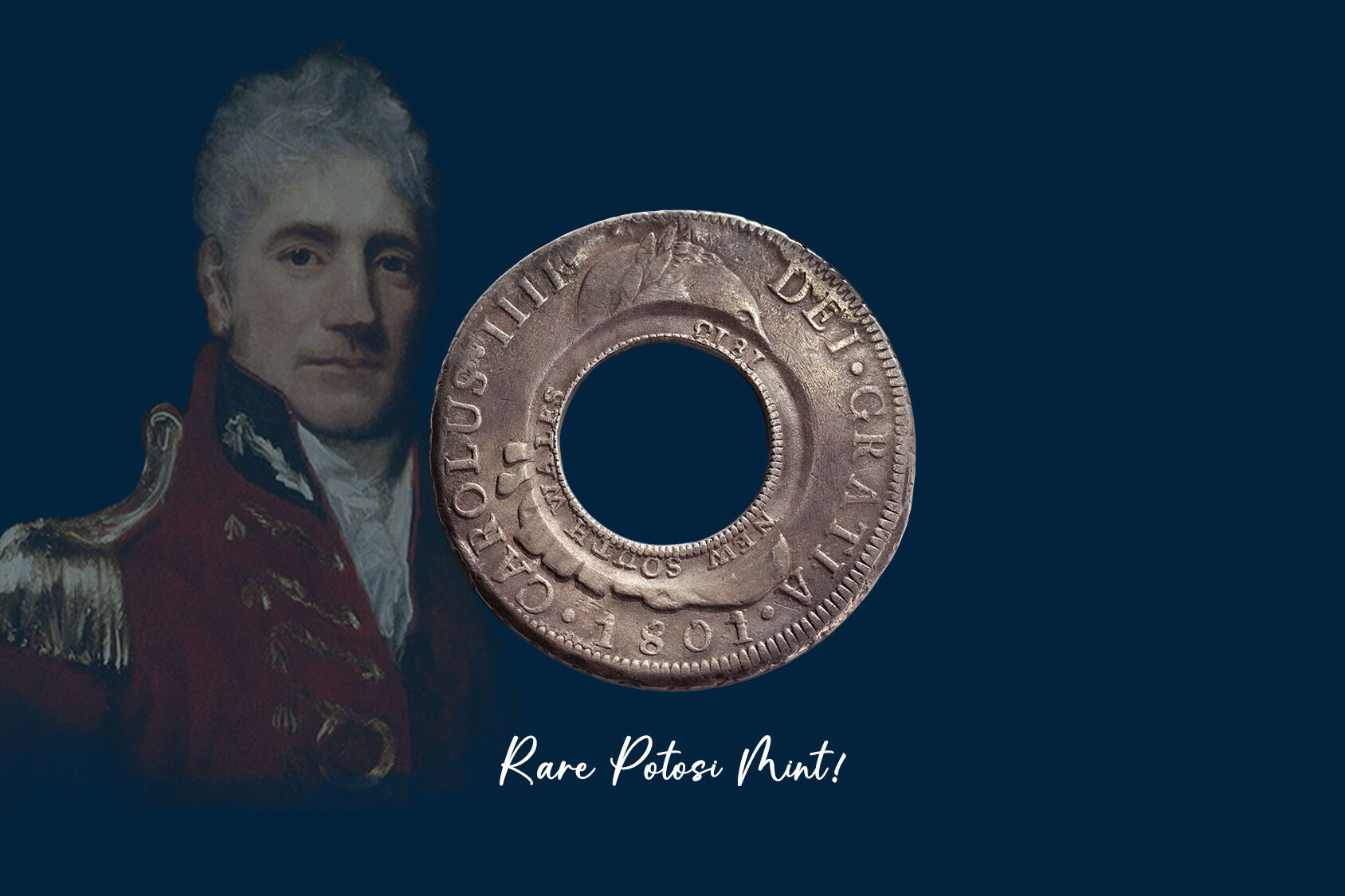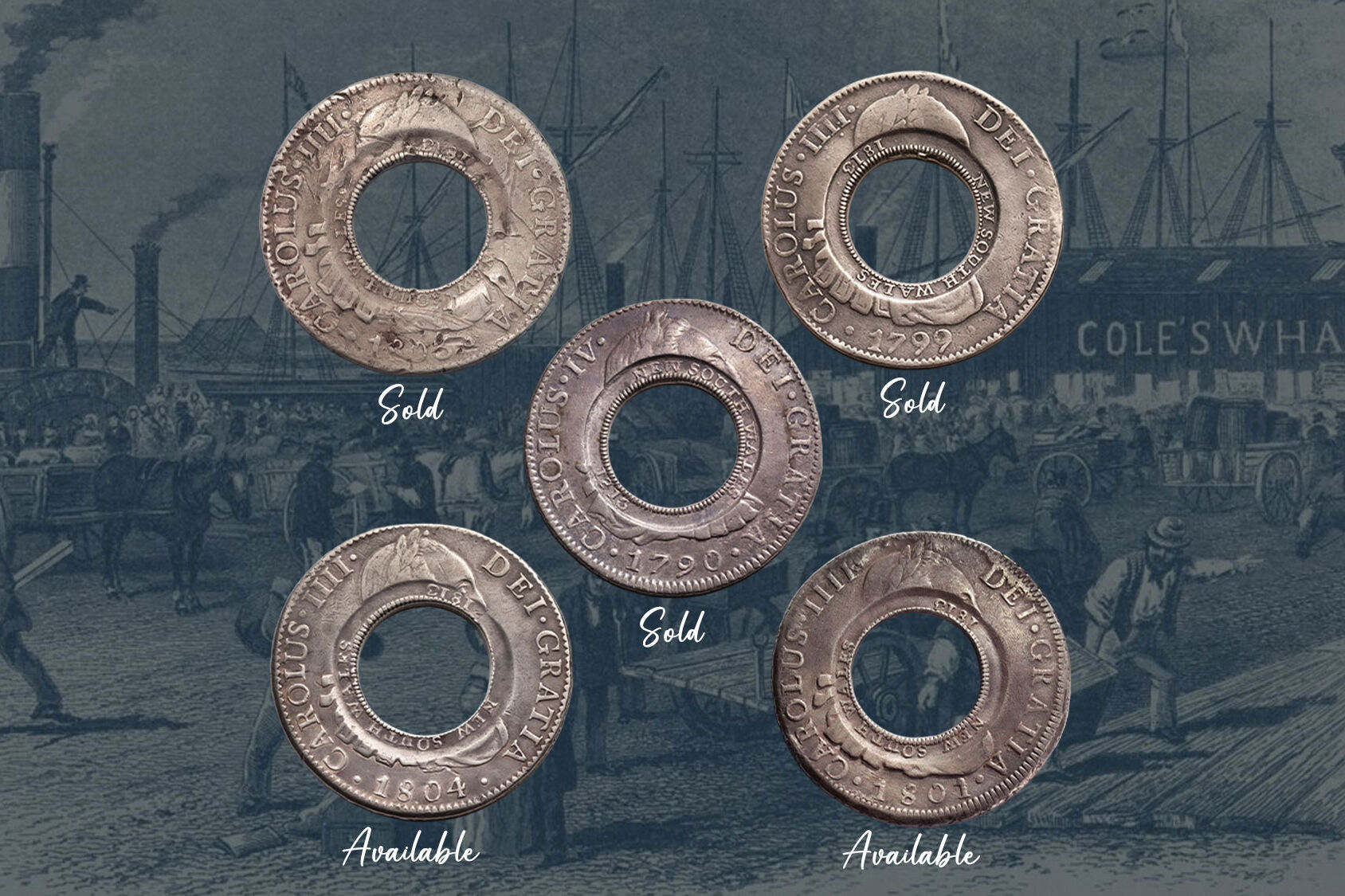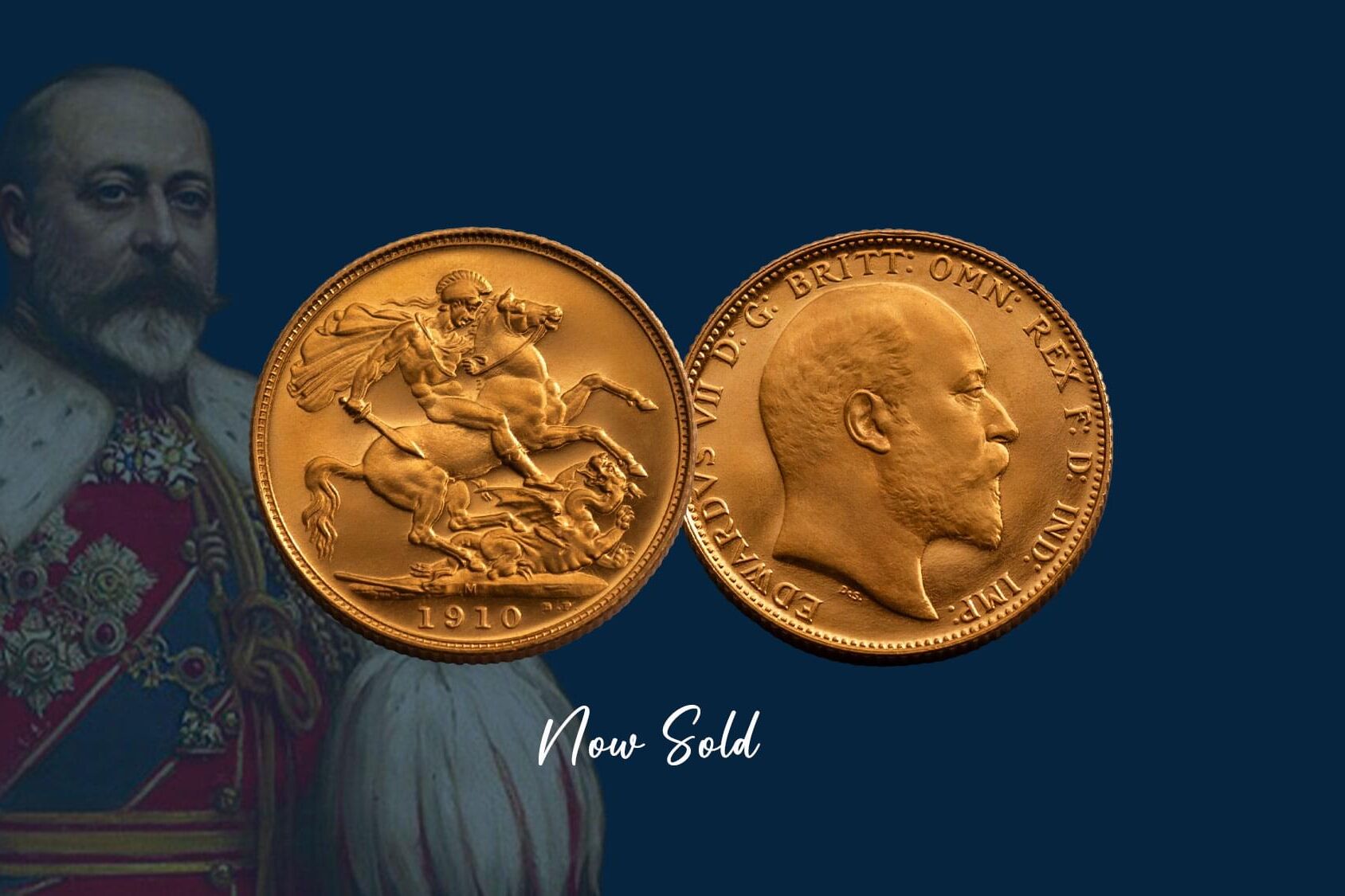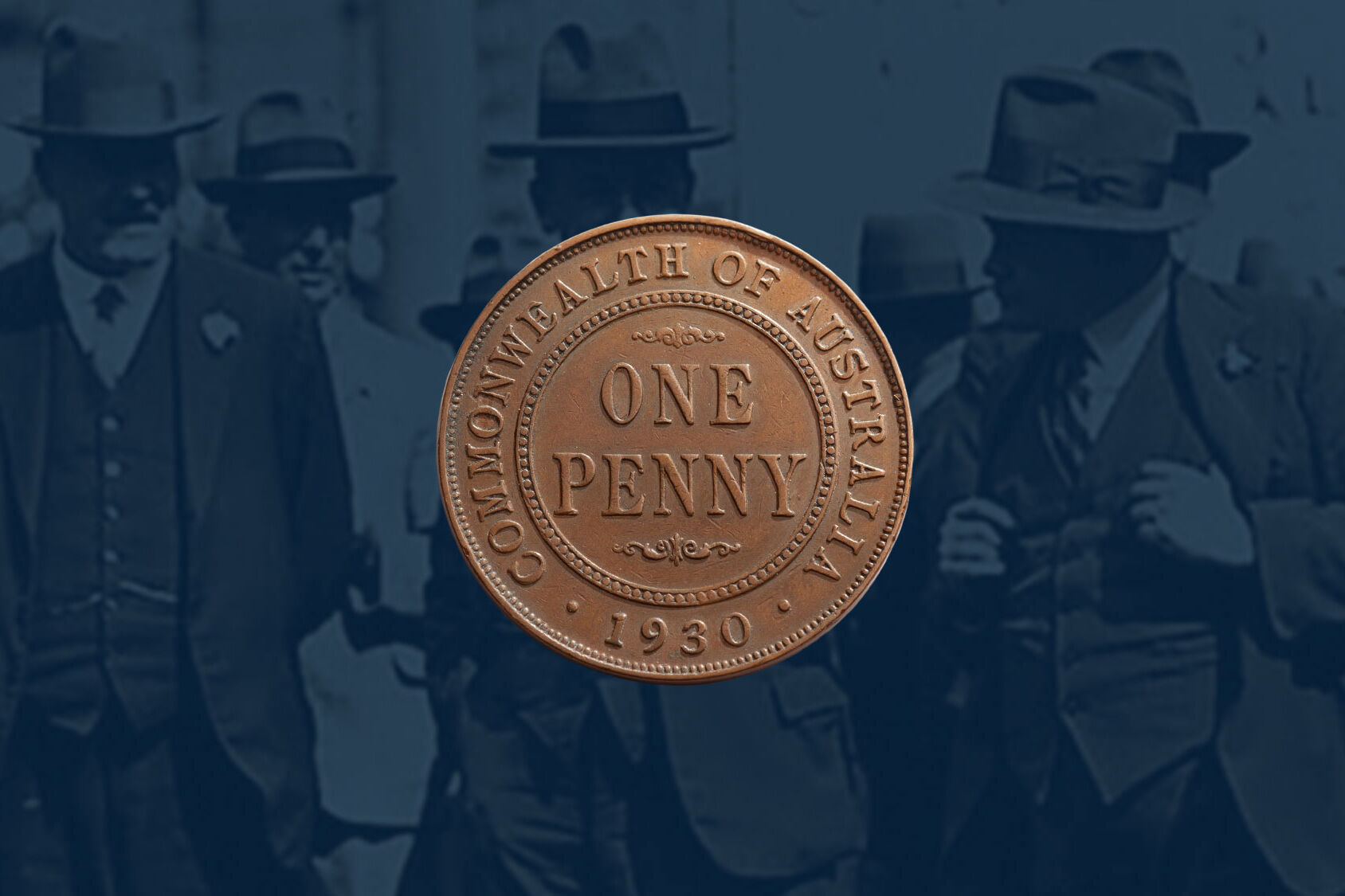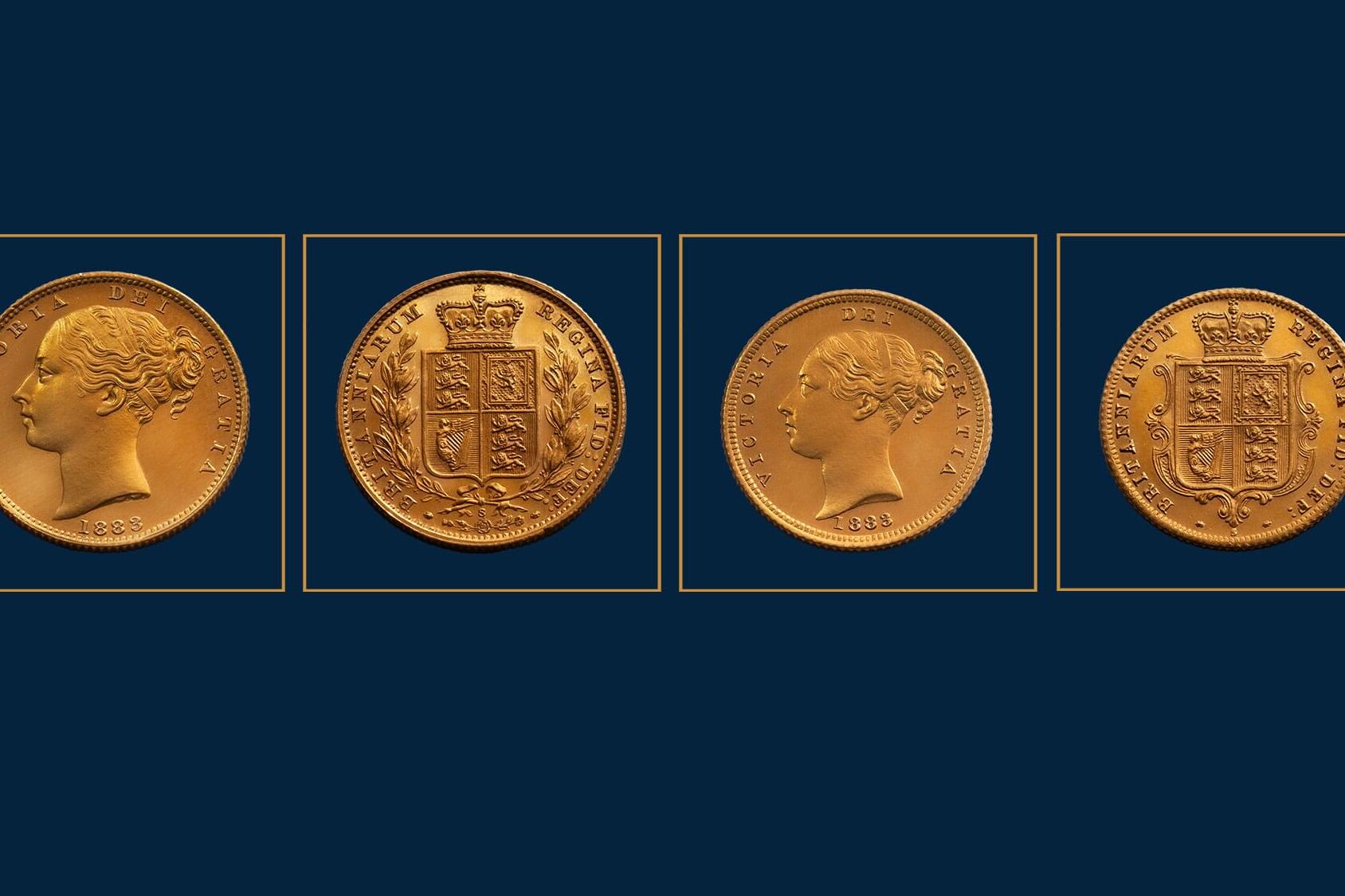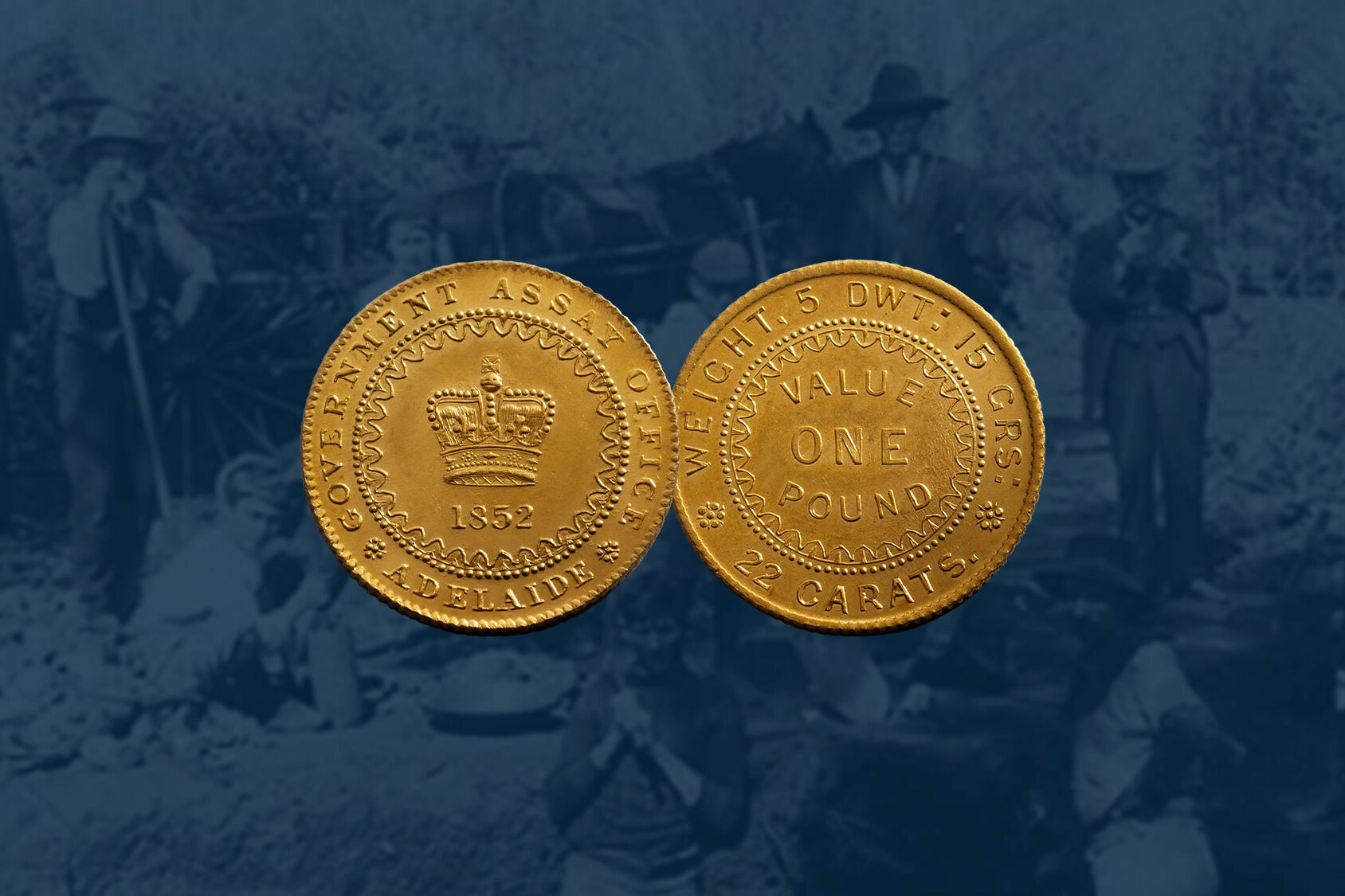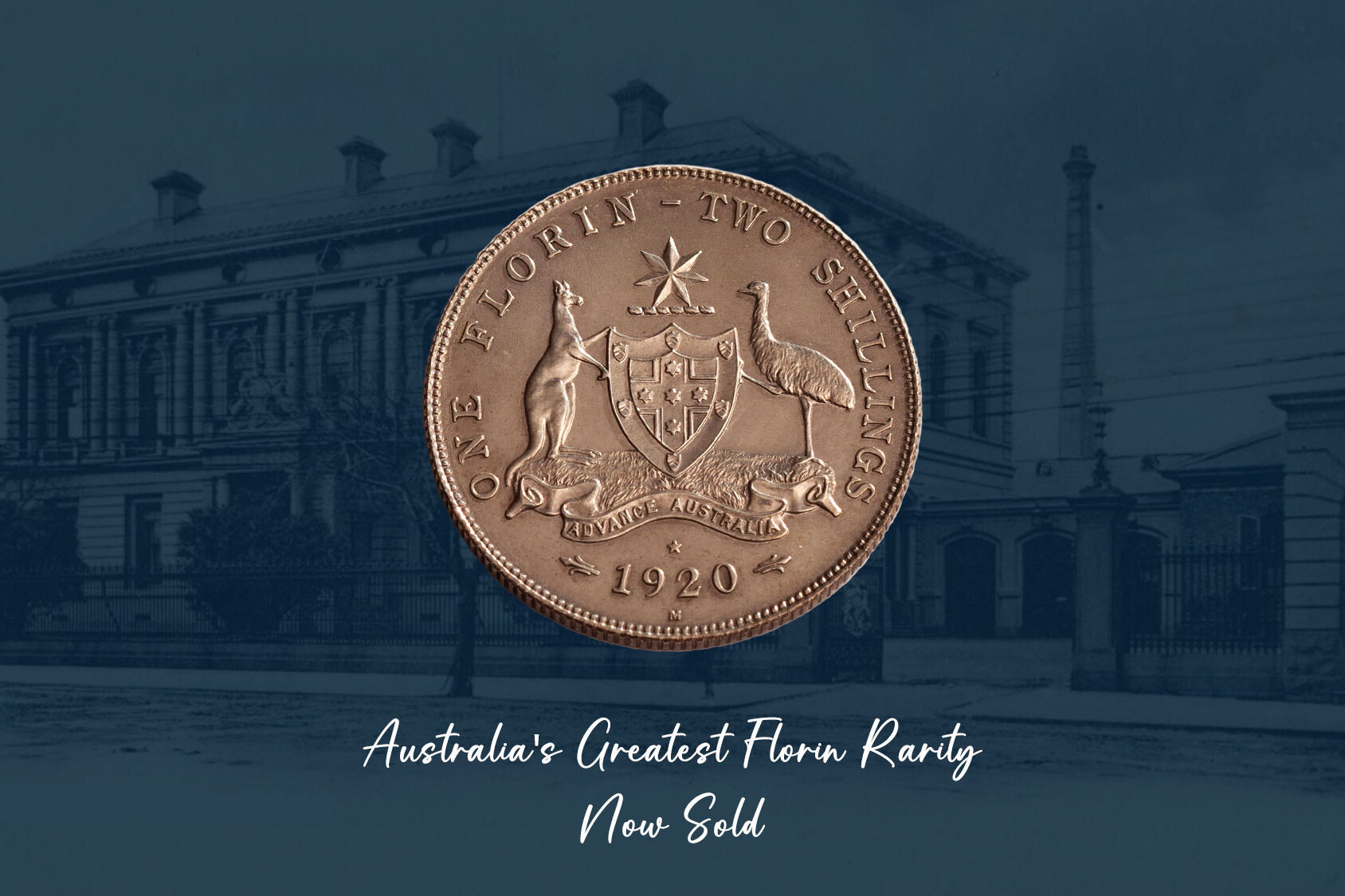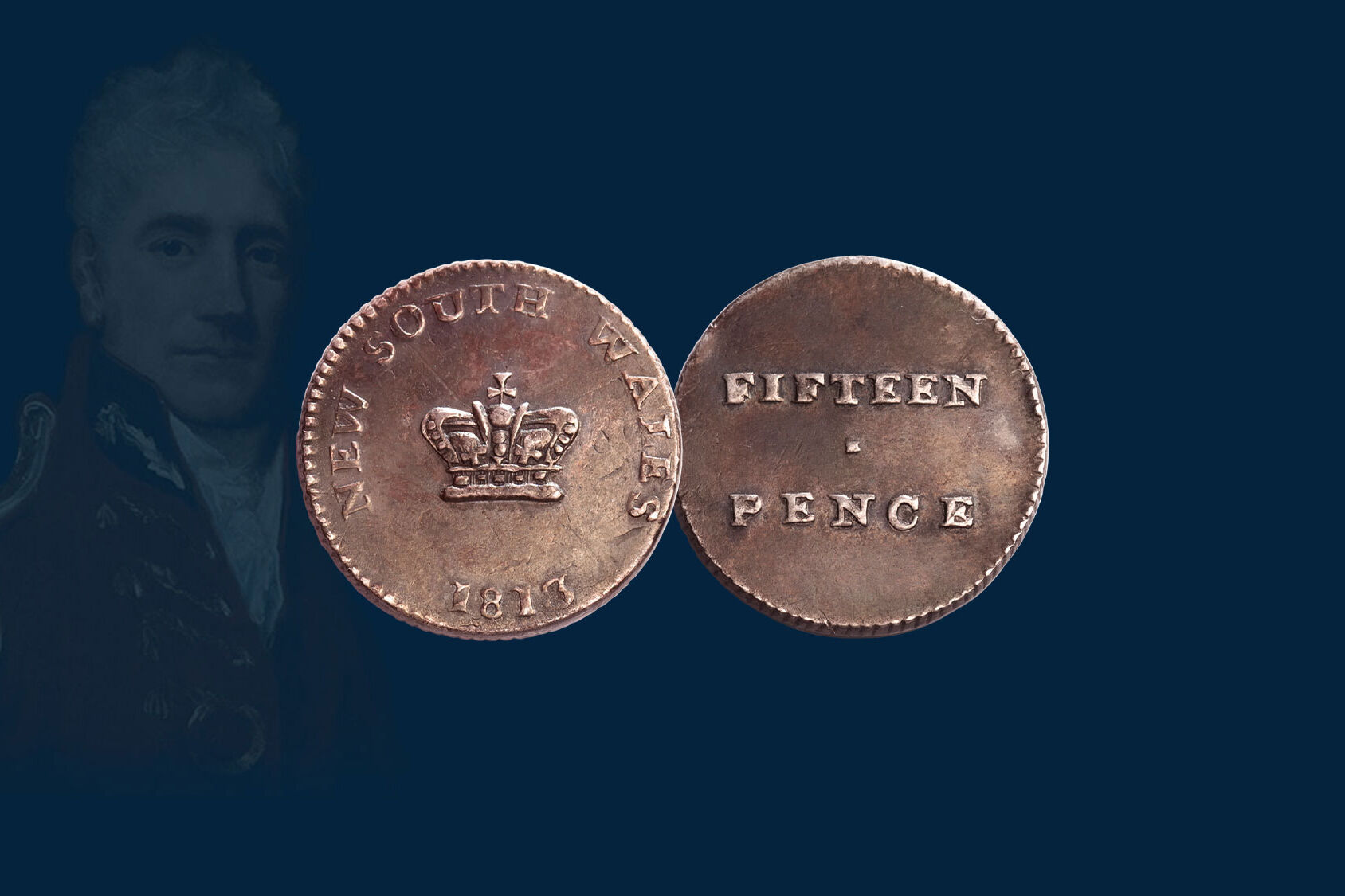1855 Sydney Mint Sovereign, one of the very finest, a stunning example of the nation's first sovereign.
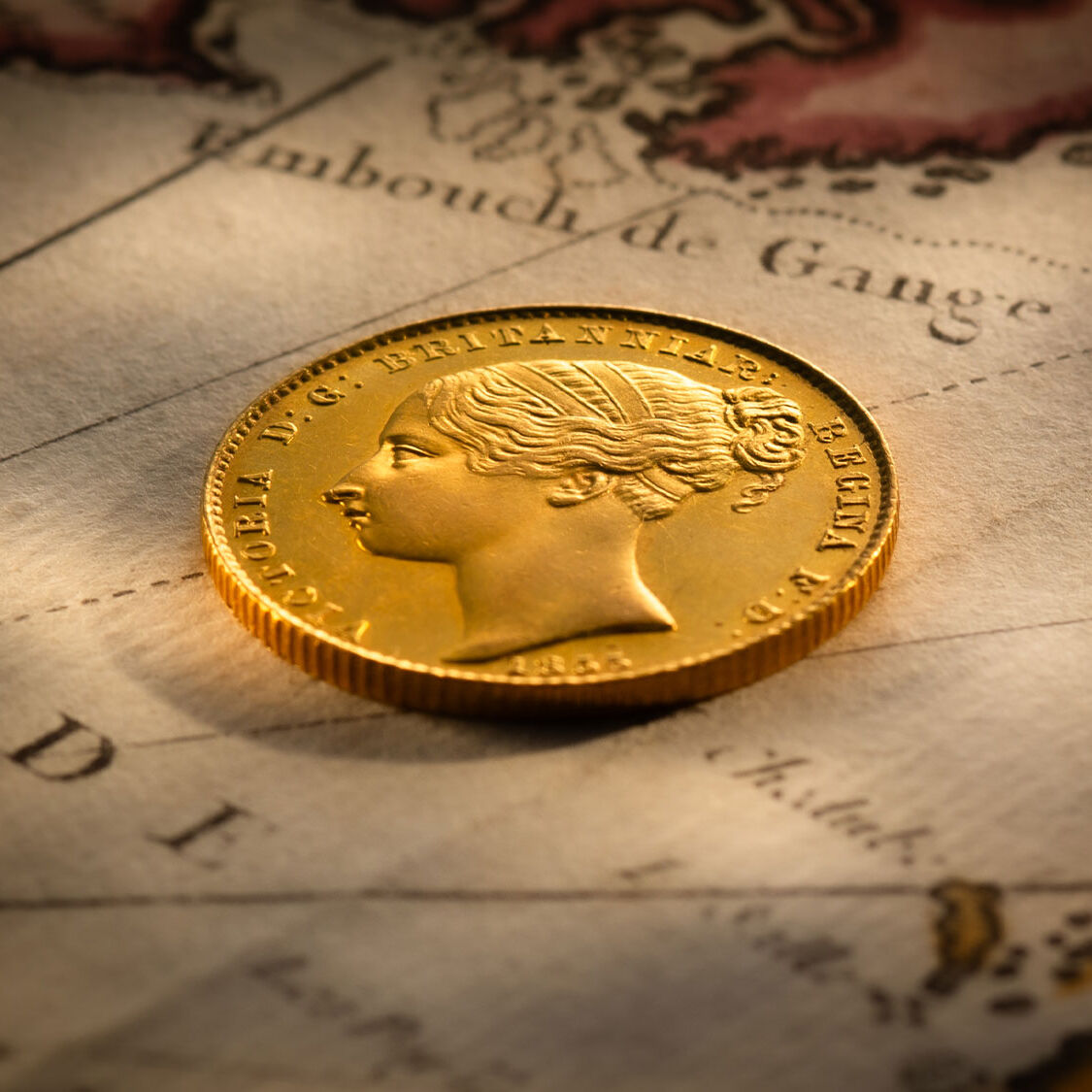

For collectors looking to obtain just one gold sovereign, the nation’s very first sovereign, the 1855 Sydney Mint Sovereign is the obvious choice.
The coin is an enduring symbol of the Sydney Mint’s role in transforming Australia’s first major mineral resource into the lifeblood of a nation.
Our respect for the 1855 Sydney Mint Sovereign is well documented. It is the nation’s first official gold coin and in the upper quality levels is extremely rare, a rarity that far outweighs demand.
The 1855 Sydney Mint Sovereign is sought by the collector that is targeting important / key dates.
The very first year of our official gold currency is an important date in Australia’s numismatic and financial history.
The 1855 Sydney Mint Sovereign also appeals to the sovereign collector. And given the scarcity of the '55 sovereign in the upper quality levels, it also appeals to the investor.
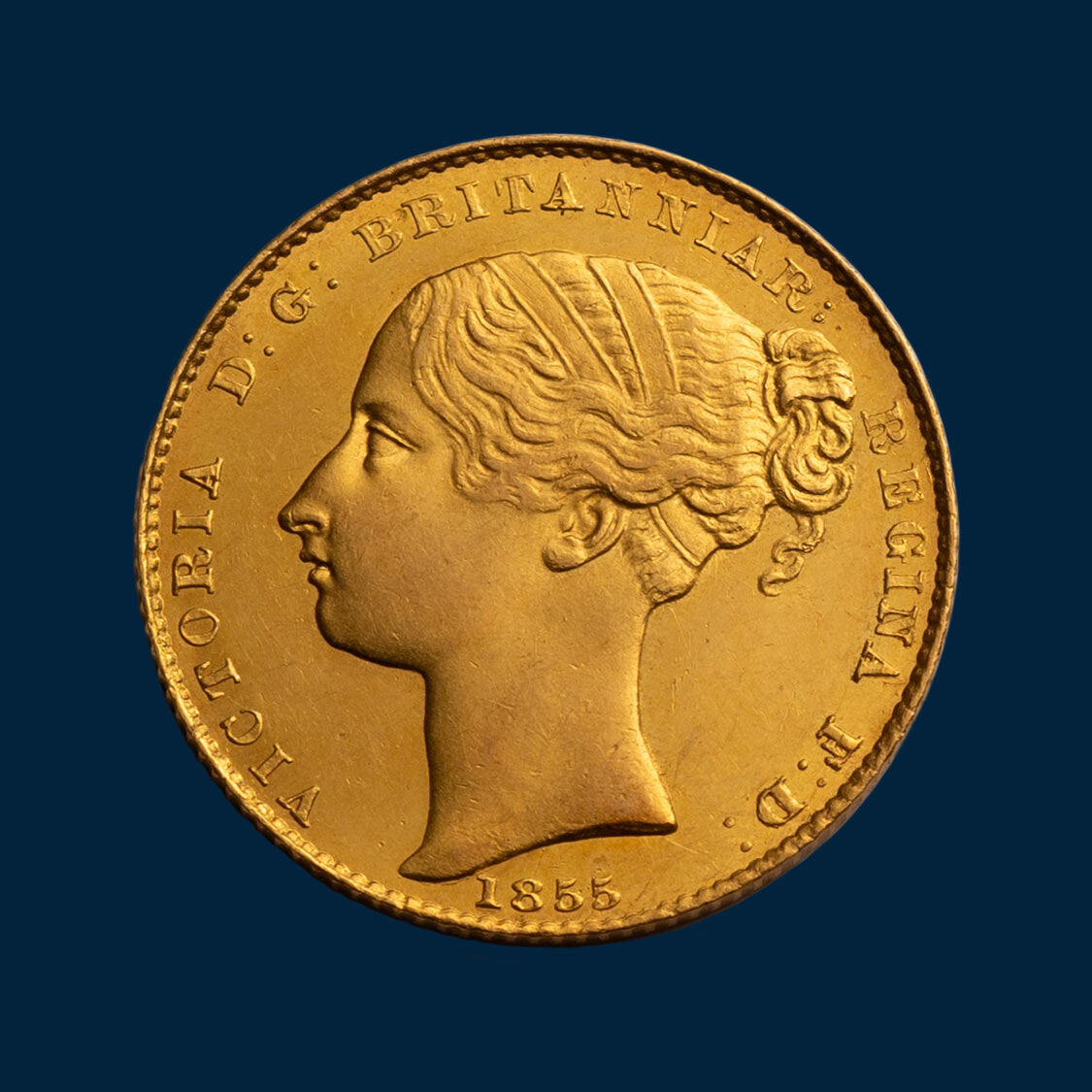
1855 Sydney Mint Sovereign obverse
designed by James Wyon. Note the hairline across the forehead and the fine detail in the hair.
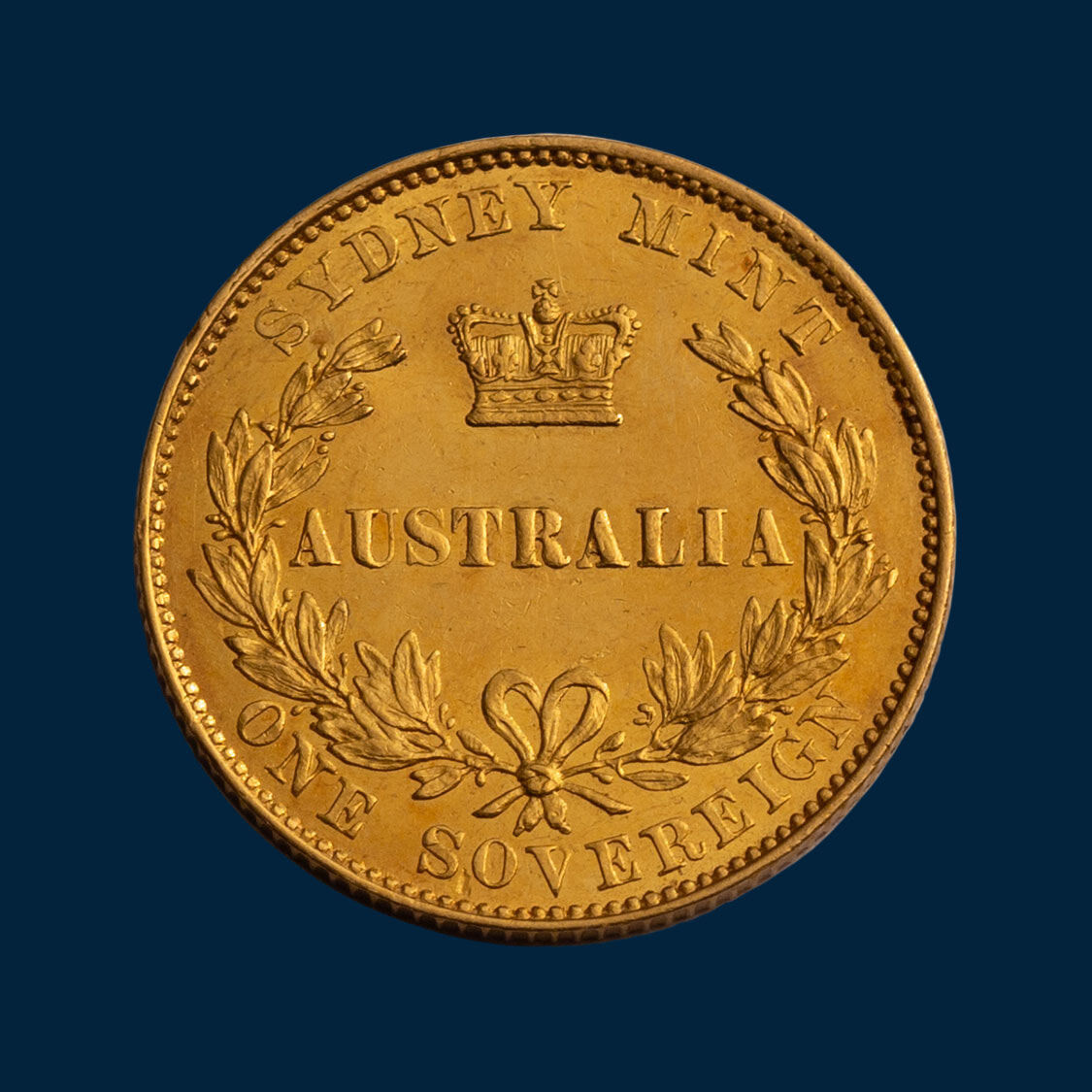
1855 Sydney Mint Sovereign reverse
designed by Leonard Charles Wyon. Note the detail in the crown, the cross on the top of the orb and the strength of AUSTRALIA.

Every circulating coin has a grading level at which serious rarity kicks in.
That is the point at which the balance between acquiring a coin as a collectible - and as an investment - shifts more towards the latter.
The pie chart shown here clearly shows that well circulated examples of the 1855 Sydney Mint Sovereign (in a quality range of Poor to Good Very Fine) are reasonably readily available.
The chart also shows that 1855 Sydney Mint Sovereigns in a quality range of Good Extremely Fine to Choice Uncirculated are exceptionally scarce.
In 1851, the Sydney Morning Herald published an editorial championing the establishment of a branch of the Royal Mint in Sydney to buy gold at full price and strike it into sovereigns.
The plan for a branch of the Royal Mint received great support from the diggers. Solid opposition came from the banks and a prominent group of private individuals both of whom had become major buyers of gold on the fields at prices discounted well below the full London price. Profits were at stake! Both factions had earlier joined forces to quash a proposal for a Sydney Assay Office that would have also impacted negatively on their commercial interests.
While it is true that New South Wales had in 1851 formally petitioned the home office in London for a branch of the Royal Mint, the decision had already been made in the British Parliament to give the colonies greater autonomy and establish a branch mint to allow them to strike coins of the realm, the sovereign.
The Sydney Mint would strike sovereigns to exactly the weight and fineness levels at the Royal Mint but they would have their own design. This was to protect the international reputation of the imperial sovereign in the event that Sydney was unable to meet the exacting standards demanded of the coin.
On the 19 August 1853 Queen Victoria gave formal approval to establish Australia’s very first mint at or near Sydney in New South Wales. In the same year, the Royal Mint London prepared designs of Australia’s first gold coinage and manufactured the dies.
The sovereign obverse design was a filleted bust of Victoria, only slightly different to that used on British sovereigns. The obverse quickly fell out of favour and James Wyon was ordered to engrave a new obverse that would be uniquely Australian to easily distinguish the colonial sovereigns from their British counterparts. To this end, a new portrait was introduced in 1857 that featured Queen Victoria with a banksia wreath in her hair instead of the band.
The reverse design was based loosely around contemporary reverse designs of the British sixpence and shilling. Its strong point of difference to the British sovereigns was the inclusion of the words 'Australia' and 'Sydney Mint'.
The use of the word Australia, a fascination with historians. At the time the nation was operating as separate colonies. Australia did not operate under a single Government until Federation in 1901.
The first Deputy Master of the Sydney Mint was Captain Edward Wolstenholme Ward, a trained member of the Royal Engineers. (Photo shown at top.)
Ward arrived in the colony in October 1854 on the ship Calcutta, along with other members of the Royal Engineers, a sergeant, three corporals and twelve privates. The group was deposited on Circular Quay with the bales and boxes of Sydney's new mint, along with the dies.
The Sydney Mint was established in a wing of the 'Rum Hospital' in Macquarie Street, Sydney. The mint began receiving gold on 14 May 1855 and issued its first gold sovereign soon after on June 23.
In their infancy the Sydney Mint sovereigns were legal tender only in the colony of New South Wales.
In January 1856, the British tested the quality of the colonial sovereigns and the results showed that they had a higher intrinsic value than their British counterparts, primarily due to their 8.33% silver content. Once these facts became known, profiteers began melting them down.
The colonial sovereigns also became legal tender in Tasmania and Western Australia in 1856. South Australia and Victoria were reticent to enshrine the Sydney Mint as Australia's official mint as each colony had independently requested their own and were miffed at missing out.
By 1857, the legal tender scope was widened to include all Australian colonies and Mauritius, Ceylon and Hong Kong.
In 1868 the Sydney Mint Sovereigns and Half Sovereigns became legal tender throughout the British Empire.
The design of the Sydney Mint sovereign lasted until 1870 and was the only time the word Australia appeared on our gold sovereigns. From 1871, Australia's sovereigns took on a traditional British design.
Coinworks recommends
© Copyright: Coinworks
